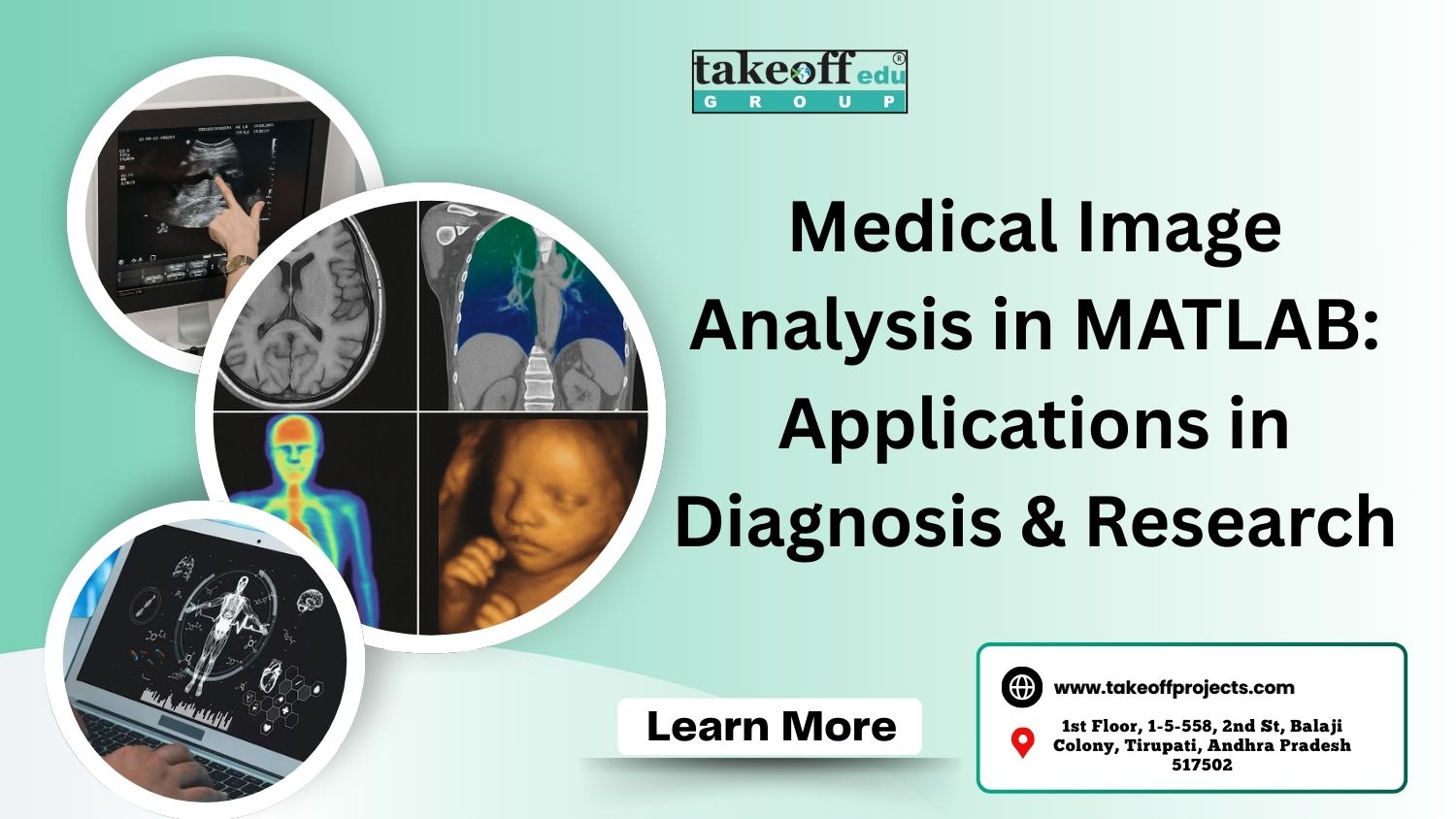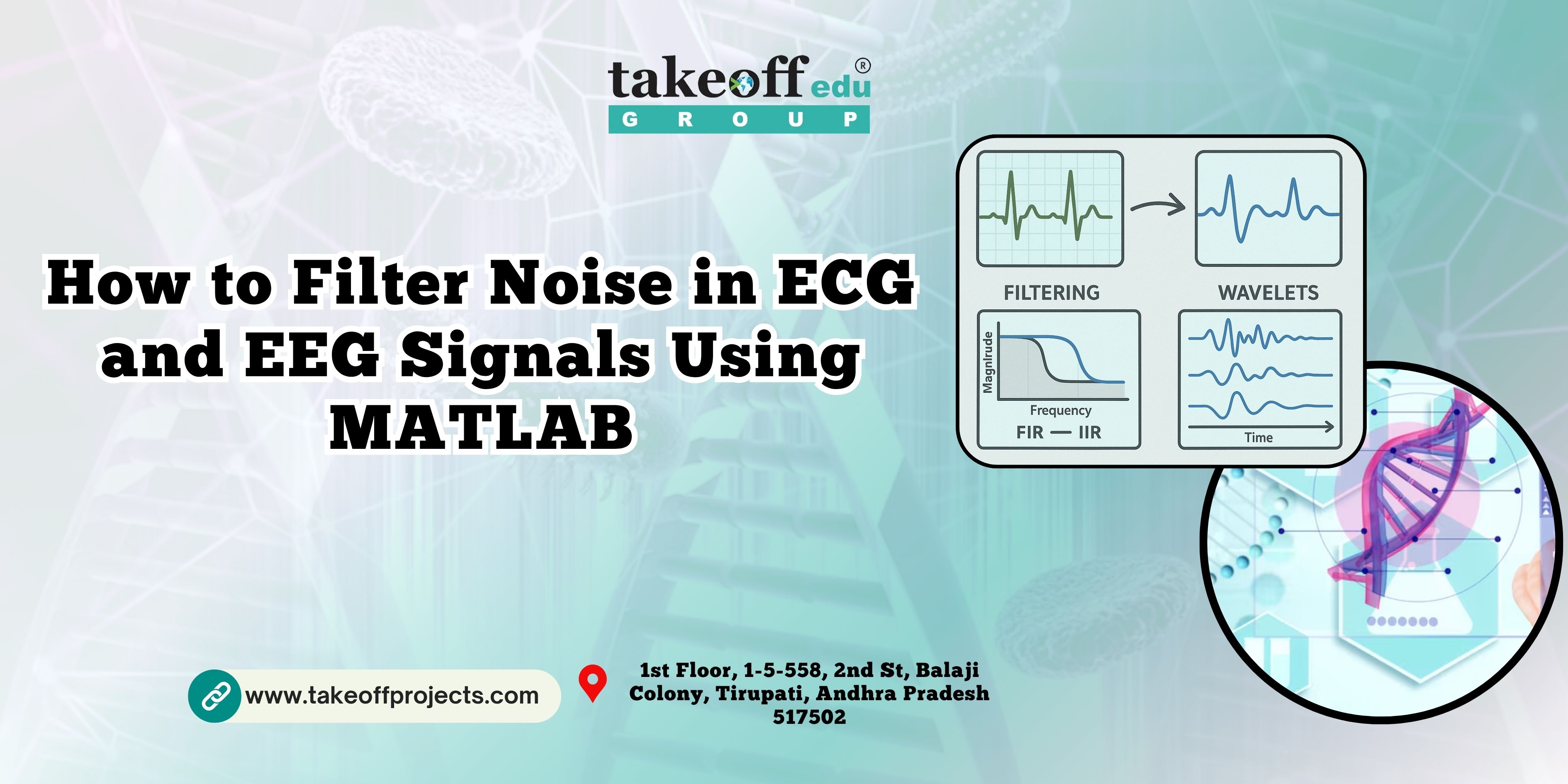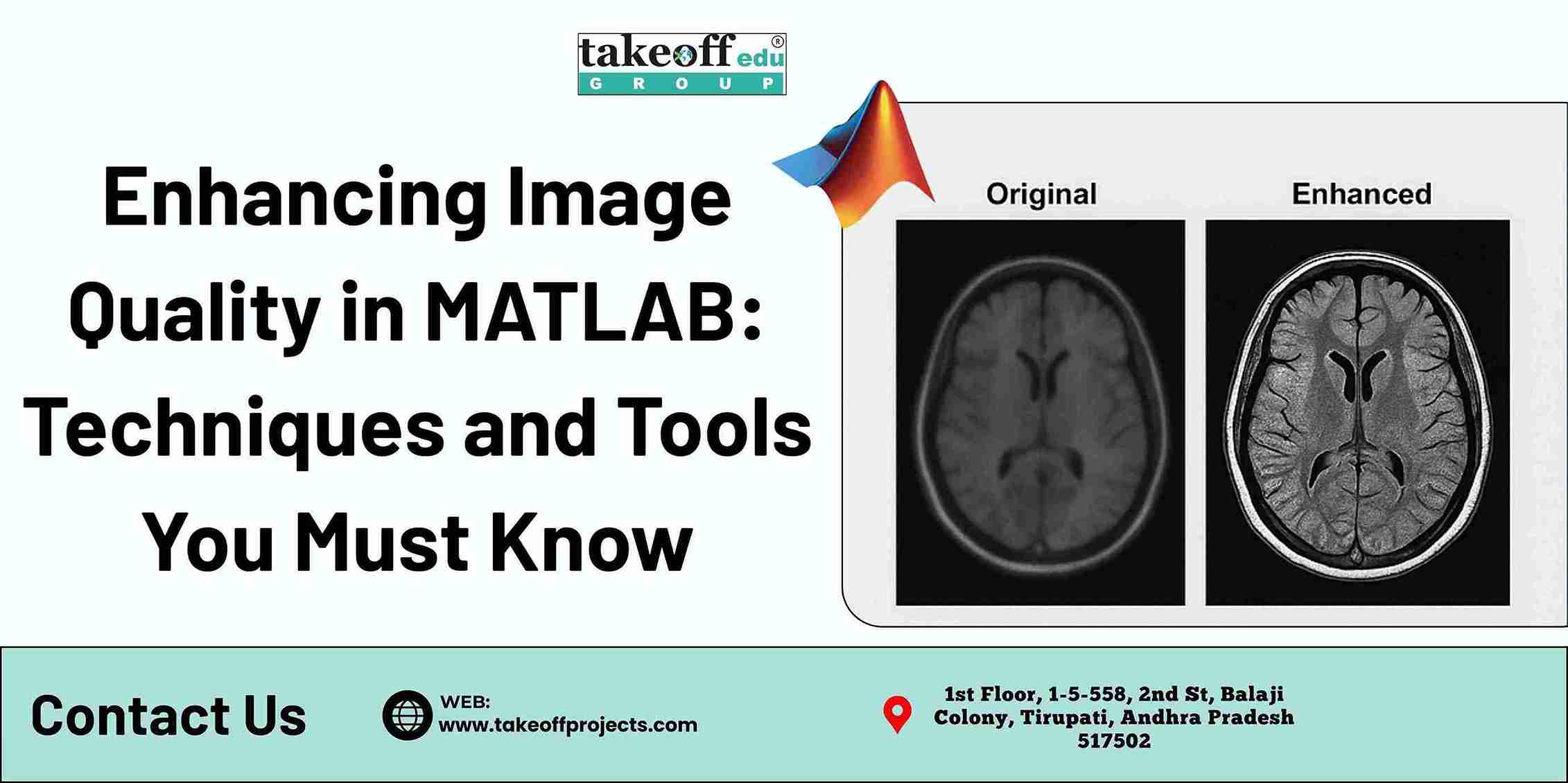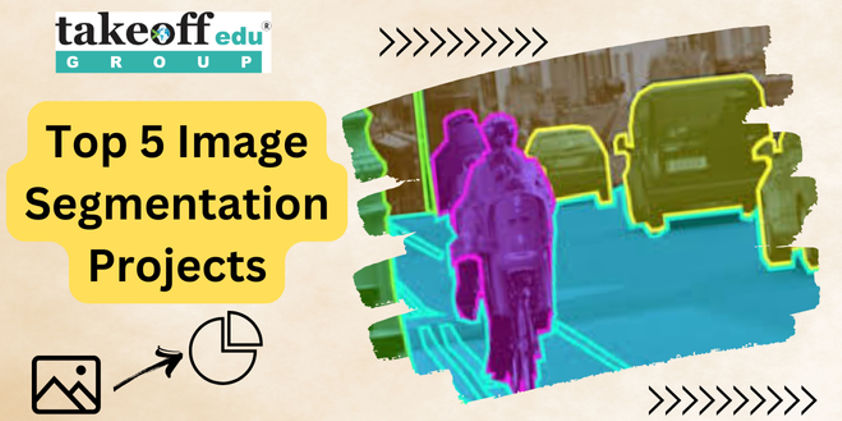Introduction
This blog discusses the fundamentals of medical image processing with MATLAB as well as its application and methodologies. Medical imaging refers to the process of obtaining or producing medical images of the human body by means of intelligent procedures with the purpose of medical obligations. Medical commitments. This technique aims to help the physician detect and treat the clinical disease of the patients. Every week, the number of procedures is in thousands worldwide.Medical imaging is at the crossroads of advance clinical diagnostics and medical research. Technologies, for example, an MRI, X-Ray, or Ultrasound, allow for a non-invasive detailed inspection of the human body. MATLAB is valuable in this regard. With strong computational abilities, the MATLAB platform proves to be advantageous in the medical image analysis landscape, whereby extracted valuable insights go back to the clinician and researcher with accuracy and speed from medical data.
Why Use MATLAB for Medical Image Analysis?
MATLAB provides a full suite of instruments with which to manage image processing flows in a simple way. Concerning medical imaging, MATLAB's Image Processing Toolbox, DICOM support, and integration with machine learning and deep learning algorithms make it the tool of choice. Whether it is detecting tumours, contrast enhancement, or measurements of tissue structures, MATLAB facilitates precise and reproducible results.
Core Strengths of MATLAB in Medical Imaging:
• Filing of medical images using DICOM files
• Available built-in filters for filtering, segmentation, and registration
• Interactive visualization of 2D and 3D medical images
• E-machine learning classifiers for classification and predictive models
• Hardware as well as third-party library
interfacing (for example, ITK, VTK)
MRI Image Analysis with MATLAB
Medical images created through Magnetic Resonance Imaging (MRI) provide more details of soft tissue materials such as the brain, the spinal cord, versus interior organs. MATLAB software is used to process and analyse the MRI data for clinical purposes of which include:
•Tumour Detection: Segmentation methods such as thresholding, k-means clustering, active contours may be used to locate abnormal tissue.
• Brain Structure Analysis: Quantifying regions of interest (ROIs), volumetric measurements, and inter-patient comparisons.
•Noise Reduction: Using filters such as Gaussian, Wiener, or wavelet transforms in order to enhance image clarity.
• 3D Visualization: Reconstruction of anatomical structures in 3D for improved spatial awareness.
X-ray Image Processing in MATLAB
X-rays are utilized regularly to image bones and detect lung disease. MATLAB makes X-ray image analysis easy by:
• Edge Detection: Sobel, Canny, and Laplacian filter methods for detecting fracture or bone alignment errors.
•Identification of Lung Disease: Automated diagnosis of pneumonia, tuberculosis, or COVID-19 by pattern recognition and machine learning.
•Contrast Enhancement: Application of histogram equalization or adaptive methods to enhance prominent structures.
Ultrasound Image Analysis with MATLAB
Ultrasound imaging is commonly applied for pregnancy monitoring, organ evaluation, and cardiovascular health assessment. MATLAB supports:
• Speckle Noise Reduction: Removing grainy appearance through adaptive filters and anisotropic diffusion methods.
• Object Detection and Measurement: Locating fetal head, heart chambers, or blood vessels and measuring their size automatically.
• Motion Tracking: Real-time analysis of heart motion or fetal movement through optical flow and template matching.
Integrating Machine Learning and AI
MATLAB support for deep learning and machine learning enables the creation of intelligent diagnostic software with capabilities to:
• Classify images into normal or abnormal
• Predict disease from image patterns
• Construct training datasets based on labelled images
• Develop GUIs for diagnostic software in clinics and laboratories
Pre-trained networks (Alex Net, VGG, etc.) can be fine-tuned via transfer learning using MATLAB to provide high accuracy for diagnostic applications.
Applications in Clinical and Research Fields
Medical image analysis in MATLAB is widely used in
• Radiology for cancer diagnosis and tissue examination
• Cardiology for heart valve monitoring and vessel delineation
• Neurology for brain mapping and cognitive studies
• Academic research for algorithm development and publication of findings
• Telemedicine and remote diagnosis using web-integrated MATLAB apps
Conclusion
MATLAB acts as one platform for conducting medical image analysis for MRI, X-rays, and ultrasound imaging. MATLAB allows working professionals and researchers in health to develop solutions that are precise and efficient yet intelligent-from pre-processing and segmentation to classification and visualization. As advances in AI continue in the field of healthcare, MATLAB remains an enabling hub for innovation in diagnosis, treatment planning, and medical research.

 Enhancing Security in 5G Device-to-Device Communication with a Secure Gale-Shapley Algorithm
Enhancing Security in 5G Device-to-Device Communication with a Secure Gale-Shapley Algorithm  MATLAB Projects in 5G and Beyond: Beamforming, NOMA and More
MATLAB Projects in 5G and Beyond: Beamforming, NOMA and More  Design and Simulation of MIMO Systems Using MATLAB
Design and Simulation of MIMO Systems Using MATLAB  Speech and Audio Signal Processing in MATLAB: From Basics to Projects
Speech and Audio Signal Processing in MATLAB: From Basics to Projects  Power Spectral Density Analysis in MATLAB: Methods and Applications
Power Spectral Density Analysis in MATLAB: Methods and Applications  How to Filter Noise in ECG and EEG Signals Using MATLAB
How to Filter Noise in ECG and EEG Signals Using MATLAB  Real-Time Object Detection in Images Using MATLAB: A Practical Approach
Real-Time Object Detection in Images Using MATLAB: A Practical Approach  Enhancing Image Quality in MATLAB: Techniques and Tools You Must Know
Enhancing Image Quality in MATLAB: Techniques and Tools You Must Know  Top 5 Projects on 5G Networks
Top 5 Projects on 5G Networks  Top 5 Projects on Modulation Techniques
Top 5 Projects on Modulation Techniques  Top 7 Projects on MIMO Transmissions
Top 7 Projects on MIMO Transmissions  Top 5 Device to Device Communications Projects
Top 5 Device to Device Communications Projects  Top 7 Image Detection Projects
Top 7 Image Detection Projects  Top 7 Image Compression Projects
Top 7 Image Compression Projects  Top 5 Fusion and Saliency Projects
Top 5 Fusion and Saliency Projects  Top 7 Image Retrieval Projects
Top 7 Image Retrieval Projects  Top 5 Image Denoising Projects
Top 5 Image Denoising Projects  Top 7 Projects on Security Applications
Top 7 Projects on Security Applications  Top 7 Image Enhancement Projects
Top 7 Image Enhancement Projects  Top 10 Deep Learning Projects for B.Tech
Top 10 Deep Learning Projects for B.Tech  Top 5 Image Segmentation Projects
Top 5 Image Segmentation Projects  Top 5 Artificial Neural Network Projects
Top 5 Artificial Neural Network Projects 
 Paper Publishing
Paper Publishing


